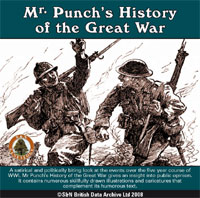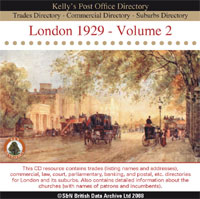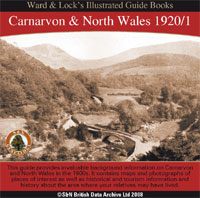Wartime Lives
Punch, for younger readers who don't remember it, was a satirical magazine, best remembered for its cartoons but it also included humorous articles. It very much reflected the outlook of the middle classes. Mr Punch's History of the Great War (S&N, £17.45) is therefore a fascinating social document. While remaining patriotic, it casts a cool eye on the british population's reactions to the events at home and abroad. Many of its sideswipes at our politicians of the day could be applied to our own. Its scorn, however, is mainly reserved for "Johnny Foreigner".

Some of the cartoons are still amusing but seem to modern eyes slightly laboured, so are interesting in showing how humour has changed. The index allows readers to look up how a particular battle, incident or aspect of life at home was seen during the course of the war without the benefit of hindsight that historians are able to bring.
Another, more serious publication that shows how people thought about the First World War is Deeds that Thrill the Empire (S&N, 2 discs, £19.95), which is two volumes of descriptions of heroic feats carried out by soldiers and sailors during the war. Family historians may find accounts of their own ancestors' bravery, or of events in which they played a minor part. And military historians will probably find descriptions of incidents that don't appear in the standard histories. There are dramatic illustrations, some in colour, although they are not of course photographs of the events but later recreations, so don't quite show the messy reality of war.
Leeds in the Great War 1914-1918: A Book of Remembrance (S&N, £17.45) was originally published in 1923 in three parts. The first is a chronological account of how World War I affected Leeds. The second details the contribution that the Leeds Territorials, the Home Defence and different elements of the city, like indusrty, the university and medical services made to the war effort.
|
This also includes how enlistment was carried out and how various "benevolent agencies", like those helping refugees, responded.
The final part is the Roll of Honour, listing those who were killed in action or died as a result of their war service. The regiment and the service numbers of those who died are included, and details of how the individual died, whether killed in action or as a prisoner of war, make this a very useful reference source.
Harrow Memorials (S&N, 6 volumes, various prices) began publication in 1917, while the "War to end all Wars" was still continuing. THe volumes list those Old Harrovians who served and died in chronological sections, although within each volume the individuals are listed alphabetically. The biographies, accompanied by a photograph, give parentage, a little of their school record and then details of service. They conclude with what are clearly excepts from letters written to the men's parents on their death.
The initial chapters of The National Union of Teachers War Records 1914-1919 (S&N, £17.45) describe the part played by teachers during World War I. There are also lists of those members of the union who served in the forces and from which branch of the NUT they came, which should give clues to other research sources to investigate.
Legal Eagles
Lincoln's Inn Admissions 1420-1893 (S&N, £17.95) is a two-volume work, containing those who were admitted to Lincoln's Inn as well as the birth, marriage and death registers for the Inn's chapel. A legal training was considered invaluable for a young man, whether of not he later went into practice at the Bar, so family historians may find unexpected ancestors in these records. The later records give details of age, where the members came from, their colleges (if they were university graduates) and also their fathers. Ancestors may appear not just in the admissions but also in the Chapel records, since these were not confined to members of the Inn. It is indexed and fully searchable.
A Biographical Dictionary of the Judges of England 1066-1870 (S&N, £17.95) by Edward Foss was originally published in 1870. It is an exhaustively researched compilation of judges, recording not just their professional activities but it also includes details of their ancestry, the names (and parentage) of their wives and their children. Those who are lucky (and well-connected) enough to have an ancestor who sat on the Bench will be able to look up the trials and hearings at which he presided as the sources are included. |

Kelly's Post Office Directory London 1929 - Volumes 1 & 2 (S&N, £17.45 each) and Kelly's Post Office Directory London 1936 - Volumes 1 & 2 (S&N, £17.45 each) are standard directories but useful because censuses have not yet been released for 1921 (and that for 1931 has been destroyed), and so they should enable family historians to locate ancestors in the 1920s and 1930s.
Ward & Lock's Illustrated Guide: Caernarvon & North Wales 1920-1 (S&N, £17.45) contains a brief account of each town in the area, listing such miscellaneous information as banks, places of worship and amenities to be enjoyed by visitors. Some places even had "moving pictures". These summaries are followed by a longer description of the sights to be seen by visitors to the towns and outlying villages.
The book is illustrated with pictures of the principal tourist atrtactions and local maps. As few people possessed motorcars at this time, there is also information about the local buses and trains, which will make this a useful publication not just for those whose ancestors lived here, but also for historians with an interest in transport.
At the end is a section containing advertisements about hotels and businesses both local and in other parts of Britain.

|